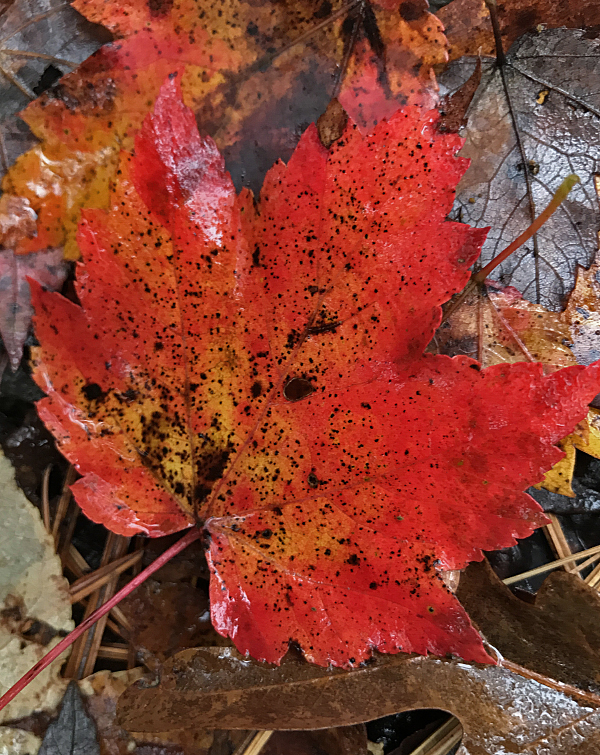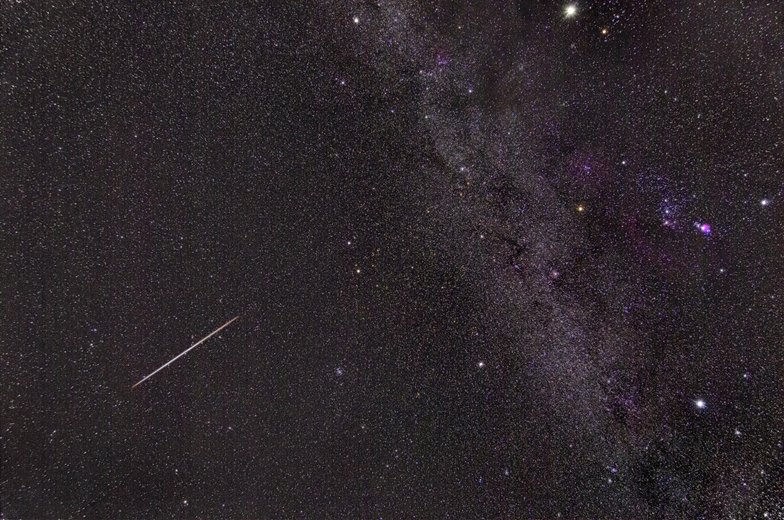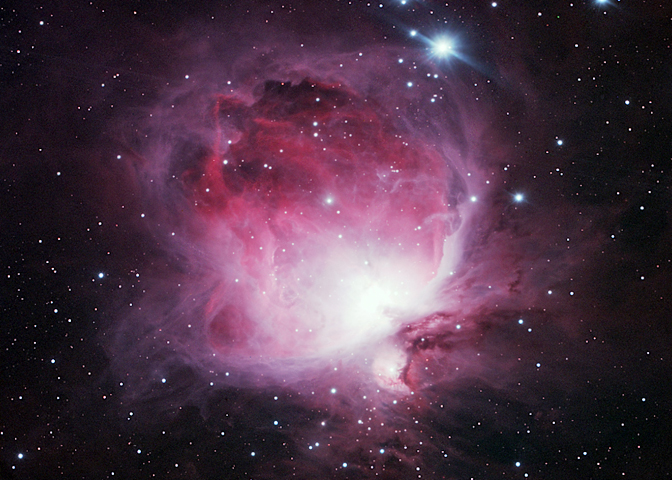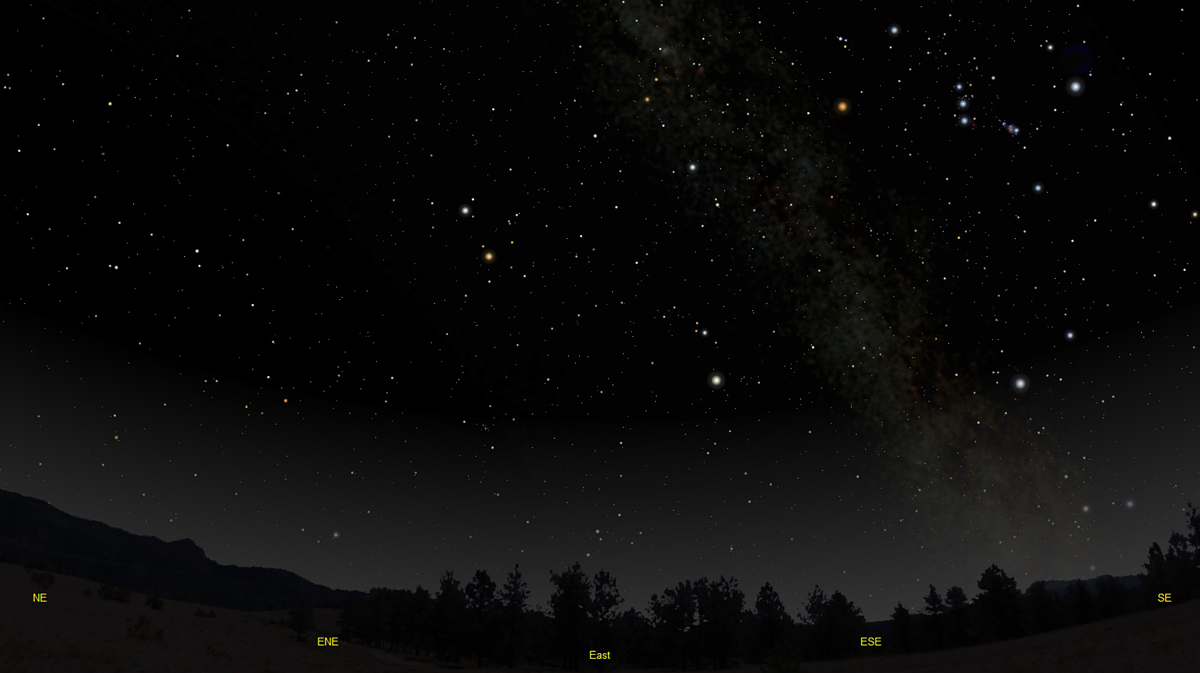The purpose of this feature is to give scout leaders, educators and naturalists an idea of some of the natural events coming up each month. We will try to cover a variety of natural events ranging from sky events to calling periods of amphibians, bird and mammal watching tips, prominent wildflowers and anything else that comes to mind. We will also note prominent constellations appearing over the eastern horizon at mid-evening each month for our area for those who would like to learn the constellations. If you have suggestions for other types of natural information you would like to see added to this calendar, let us know! Note: You can click on the hyperlinks to learn more about some of the featured items. To return to the Calendar, hit the "back" button on your browser, NOT the "back" button on the web page. All charts are available in a "printer friendly" mode, with black stars on a white background. Left clicking on each chart will take you to a printable black and white image. Please note that images on these pages are meant to be displayed at 100%. If your browser zooms into a higher magnification than that, the images may lose quality. Though we link book references to nationwide sources, we encourage you to support your local book store whenever possible.
Notes and Images From November 2017
The image at right was taken on a camping trip along the Cooper Road Trail on the western side of the park. A light rain fell that morning, but the fall colors were beautiful. And of course walking through a forest that diverse is quite a privilege. The two "Nocturnal Naturalist" classes I conducted for the Tennessee Naturalist program reminded me of how much I enjoy the quietness and stillness of the winter woods at night. Both classes were at the Owl's Hill Nature Sanctuary in Brentwood, Tennessee. I always enjoy walking the trails there, and combined with great participants and nice starry skies, both evenings were memorable. The upcoming Owl's Hill Nature Sanctuary schedule can be found here.
Sky Events for December 2017: The Winter Solstice for the Northern Hemisphere occurs at 10:28am CST on December 21st, marking the beginning of winter. This is the longest night of the year, and the shortest day.
The Geminid Meteor Shower peaks in the evening hours of December 13th and the morning hours of December 14th. Best viewing conditions will occur around 2:00am local standard time. The Moon, a waning crescent, does not rise until the early morning hours, so conditions are quite good for the shower this year. The Geminids are a relatively consistent shower, and you might see 10-20 meteors per hour. The image at right was taken during the 2012 Geminids, and captures a bright meteor streaking away from the radiant. This is a wide angle shot, and you can see Orion just above right center, Gemini in the center of the image and Auriga at top center. Jupiter is the bright star-like object at top right. For a time lapse sequence of the shower, click here. Be patient! The camera is tracking the stars, so nothing moves except the meteors in the first part of the video. Then early morning high cirrus clouds sweep in and I turn the tracking motor off at the end of the video. You will probably enjoy the shower more if you are warm. Bringing a lounge chair out with you, along with warm blankets or a sleeping bag, will definitely help. Just face the lounge chair east and enjoy the show! A mug of hot chocolate or coffee makes everything seem just right. Evening Sky: Uranus and Neptune are both visible in binoculars this month if you are patient and take the time to look for them. We spotted both recently from urban skies in 10x30 binoculars. Finder charts for both are here. If you have an app like Sky Safari (see "Recommended" below) it makes the hunt a lot easier.
Morning Sky: Look for bright Venus very low in the eastern sky before sunrise at the beginning of the month. By around December 12th, it will disappear into the twilight glow. Mars will rise around 3:00am CST, in Virgo. Look for it before dawn about 3 degrees left of the bright star Spica. In the telescope it appears quite small, around 4 arc-seconds in apparent diameter.Jupiter rises about 4:18am CST in Libra at the beginning of the month. It will rise higher and higher in the predawn sky as the month goes on. For best telescopic views, wait till just before dawn, when the planet is higher.M ercury becomes visible low in the southeast around the middle of the month, about 30 minutes before sunrise. It will climb highest from the horizon around the end of the month. Telescopically it is quite small, only about 7 or 8 arc-seconds in apparent diameter.
Constellations:
The views below show the sky looking east at
9:30pm CST on December 15th. The first view shows the sky with the
constellations outlined and names depicted. Star and planet names
are in green. Constellation names are in blue. The second view
shows the same scene without labels.
On Learning the Constellations: We advise learning a few constellations each month, and then following them through the seasons. Once you associate a particular constellation coming over the eastern horizon at a certain time of year, you may start thinking about it like an old friend, looking forward to its arrival each season. The stars in the evening scene above, for instance, will always be in the same place relative to the horizon at the same time and date each December. Of course, the planets do move slowly through the constellations, but with practice you will learn to identify them from their appearance. In particular, learn the brightest stars (like Sirius and Procyon in the above scene), for they will guide you to the fainter stars. Once you can locate the more prominent constellations, you can "branch out" to other constellations around them. It may take you a little while to get a sense of scale, to translate what you see on the computer screen or what you see on the page of a book to what you see in the sky. Look for patterns, like the three stars in a line in Orion's belt.The earth's rotation causes the constellations to appear to move across the sky just as the sun and the moon appear to do. If you go outside earlier than the time shown on the charts, the constellations will be lower to the eastern horizon. If you observe later, they will have climbed higher. As each season progresses, the earth's motion around the sun causes the constellations to appear a little farther towards the west each night for any given time of night. If you want to see where the constellations in the above figures will be on January 15th at 9:30pm CST, you can stay up till 11:30pm CST on the December 15th and get a preview. The westward motion of the constellations is equivalent to two hours per month. Recommended: Sky & Telescope's Pocket Star Atlas is beautiful, compact star atlas. A good book to learn the constellations is Patterns in the Sky, by Hewitt-White. For skywatching tips, an inexpensive good guide is Secrets of Stargazing, by Becky Ramotowski.
A good general reference book on astronomy is the Peterson
Field Guide,
A Field Guide to the Stars and Planets, by Pasachoff. The book retails for around $14.00.
The Virtual Moon Atlas is a terrific way to learn the surface features of the Moon. And it's free software. You can download the Virtual Moon Atlas here. Cartes du Ciel (described in the monthly notes above) is a great program for finding your way around the sky. It is also free, and can be downloaded here. Apps: We really love the Sky Safari 5 Pro. It is available for both iOS and Android operating systems. There are three versions. The Pro is simply the best astronomy app we've ever seen. The description of the Pro version reads, "includes over 27 million stars, 740,000 galaxies down to 18th magnitude, and 620,000 solar system objects; including every comet and asteroid ever discovered." For upcoming events, the Sky Week application is quite nice. Available for both I-phone and Android operating systems.A nother great app is the Photographer's Ephemeris. Great for finding sunrise, moonrise, sunset and moonset times and the precise place on the horizon that the event will occur. Invaluable not only for planning photographs, but also nice to plan an outing to watch the full moon rise. Available for both androids and iOS.
Amphibians:
December really marks the beginning of the breeding season for our Tennessee frogs and toads. We have had breeding choruses of Upland Chorus Frogs as early as December 4th. Breeding even before Wood Frogs, these irrepressible inhabitants of flooded winter fields and other wet areas will call throughout the cold winter months. Listen for their call, which sounds like someone dragging their thumb across the teeth of a plastic comb, on mild wet winter evenings. Listen also for Southern Leopard Frogs. We hear them throughout the fall. Many other Tennessee frogs and toads can be seen on mild December nights, but most are silent.
Recommended:
The Frogs and Toads of North America,
Lang Elliott, Houghton Mifflin Co. Archives (Remember to use the back button on your browser, NOT the back button on the web page!)
Natural Calendar February 2016 Natural Calendar December 2015 Natural Calendar November 2015 Natural Calendar November 2014 Natural Calendar September 2014 Natural Calendar September 2013 Natural Calendar December 2012 Natural Calendar November 2012 Natural Calendar September 2012 Natural Calendar February 2012 Natural Calendar December 2011 Natural Calendar November 2011 Natural Calendar September 2011 Natural Calendar December 2010 Natural Calendar November 2010 Natural Calendar September 2010 Natural Calendar February 2010 Natural Calendar December 2009 Natural Calendar November 2009 Natural Calendar September 2009 Natural Calendar February 2009 Natural Calendar December 2008 Natural Calendar November 2008 Natural Calendar September 2008 Natural Calendar February 2008 Natural Calendar December 2007 Natural Calendar November 2007 Natural Calendar September 2007 Natural Calendar February 2007 Natural Calendar December 2006 Natural Calendar November 2006 Natural Calendar September 2006 Natural Calendar February 2006
Natural Calendar December 2005
Natural Calendar November 2005
Natural Calendar September 2005
Natural Calendar February 2005
Natural Calendar December 2004
Natural Calendar November 2004
Natural Calendar September 2004
Natural Calendar February 2004
Natural Calendar December 2003
Natural Calendar November 2003 Natural Calendar February 2003 Natural Calendar December 2002 Natural Calendar November 2002 Nature Notes Archives: Nature Notes was a page we published in 2001 and 2002 containing our observations about everything from the northern lights display of November 2001 to frog and salamander egg masses. Night scenes prepared with The Sky Professional from Software Bisque All images and recordings © 2016 Leaps.
|
|





